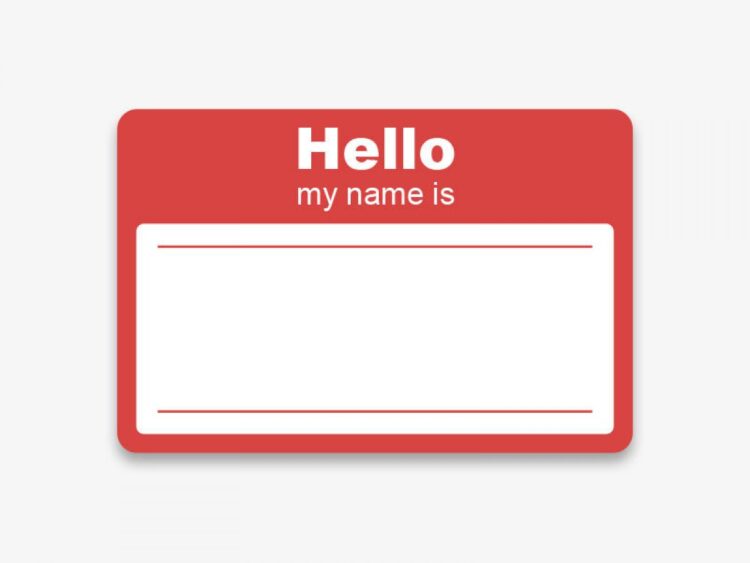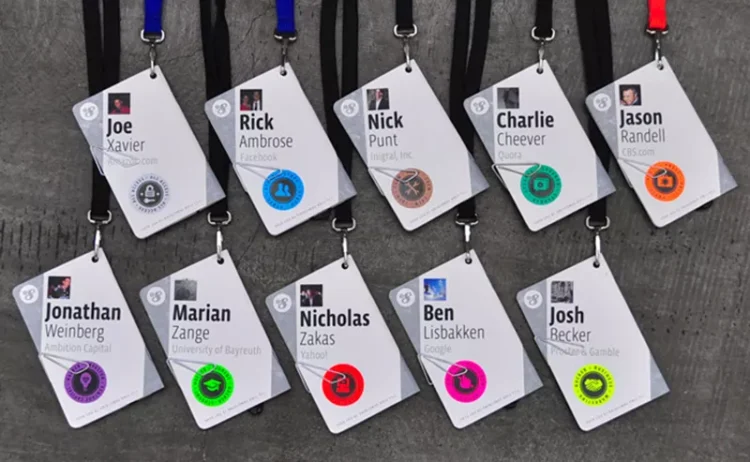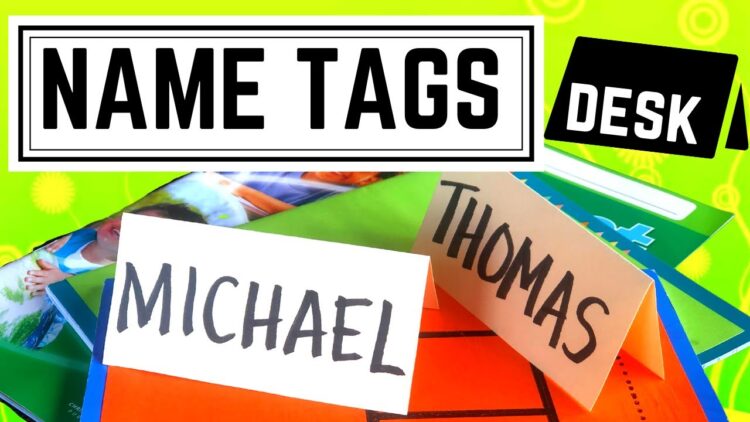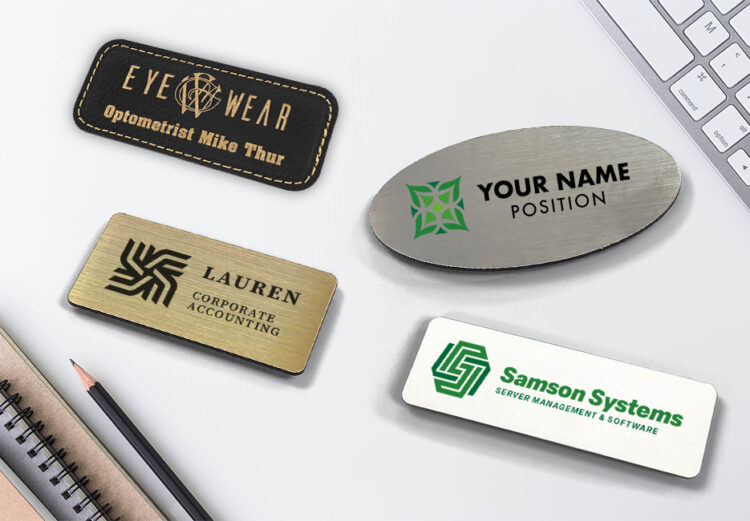Welcome to the world of custom name tags! If you’re here, it means you’re ready to create something unique and special for your organization. Whether you’re looking to dress up your employees or simply give out something special at an event, name tags are a great way to show off pride and professionalism in style. Let us help you make your vision a reality – read on for simple tips on how to create a custom name tag that reflects your organization’s message!
Types of Name Tags

When designing custom name tags for your organization, it’s important to consider the type of tag that will best suit its purpose. There are several options available, so knowing the features of each can help you make an informed decision.
- Lapel pins: Lapel pins feature a metal pin backing that attaches to the wearer’s lapel or other garment. These are a stylish way to identify individuals and come in a variety of shapes and sizes.
- Sticky badges: They offer a temporary solution – they stick to fabrics using an adhesive material and can be easily removed when no longer needed. As these badges do not require any hole punching or button-holing they are perfect for busy environments such as events and seminars, where name badges may only be required on certain occasions.
- Clip on label holders: They feature a plastic holder that clips onto clothing using crocodile teeth at both ends. The badge itself is made from card or plastic with personal information printed on it, sliding into the holder like a protective sleeve for easy identification. Clip on labels are ideal for promotional events and corporate functions as they hold multiple name cards at once – allowing guest’s details to easily switch over depending on their attendance schedule.
- Magnetic badges: They attach firmly to clothing without damage – avoiding any holes needing sewing up afterwards! No buttons or pins needed; simply slide your company logo into the magnetic holster attached firmly onto garments by two magnets concealed underneath which make it ‘pop up’ into place when wearing it seamlessly integrated with your look during wear!
Designing Tips for Name Tags

The design is a reflection of your organization, and it can be difficult to determine what elements to include. Follow these easy tips to create an effective name tag for your organization:
- Use bright colors: Choose bright colors that are eye-catching and stand out on the name badge. A well-chosen color can invoke strong associations with your organization and draw people in easily.
- Incorporate logos or graphics: Logos or graphics that depict what your organization stands for are great additions to name tags. Keep the artwork simple and concise for maximum visibility and customer appeal.
- Choose a size: Determining how large or small you want the name tag to be is important for maintaining legibility and avoiding clutter on the tag. A good size range is anywhere between 2 inches to 4 inches wide depending on how much information needs to be included.
- Consider adding extra features: Depending on what kind of environment your organization operates in, you may want to consider adding extra features such as magnetic backings, clip fasteners, hook holes, lanyard slots, etc., so that they’re easier to attach and remove when needed.
- Proofread the text carefully: The most common mistakes made when designing custom name tags are typos or incorrect spelling of names or titles – take time reviewing the text before you print it out! Pay attention not only to spelling but also spacing between words since this will determine how legible it will be from afar.
Materials for Name Tags

There is a range of materials to choose from. Both plastic and metal tags can come in a variety of shapes and sizes, while more unique materials like wood may also be considered. Consider the finish necessary – polished metallic finishes have a more professional feel while some environments might be suited to varying levels of matte options instead. Colour should also be taken into account – consider the printed colours which are required and whether they can be maintained over time with appropriate care.
Plastic name tags are generally lightweight and offer significant durability, however there are different plastic types which provide varied levels of protection and strength. Polyethylene is hard-wearing with strong water resistance, while other materials like Acrylic allow for maximum clarity with acid etching or screen printing methods. Metals provide elegant options but often require additional protection against corrosion when used in outdoor scenarios. Brass makes for an attractive look with easy engraving capability and nickel plated metals are extremely hard-wearing over time when polished properly. Wood name tags bring an organic, yet professional touch – laser engraved artwork generally shows up best on these types of designs which require excellent detail work.
Printing Options for Name Tags
When designing ones for your organization, there are a few factors to consider before selecting the materials and printing process for your tags. Printed name tags that use standard font and font sizes allow for easy legibility, which makes it easier for employees, clients, or guests to read quickly. Picking the right materials and printing process can help you create a sturdy and attractive name tag design.
For durability and waterproofing, many organizations prefer to use plastic material for their name tag printing needs. Options include:
- Thermal transfer vinyl (which offers greater scratch resistance)
- Engraved plastic (which can be used with glossy or matte coatings)
- Direct thermal printing plastic (which provides superior image quality but limited lifespan)
- Embossed plastic (which is more suitable for double-sided designs)
- Direct laser printing plastics (which offer higher levels of clear text).
Another alternative to them are sublimation printed tags which use a dye sublimation process. Using this method of imaging requires that the paper is specially coated with a thin layer of polymer ink receptive material before being exposed to heat and pressure which then transfers the image onto the media’s surface at a molecular level. This ensures long-lasting, high-quality images that resist fading over time.
Conclusion

Take extra time to carefully review your custom name tag design before printing in bulk; ensure that all details are accurate and spelled correctly. With this guide on how to design an effective name tag from scratch as reference material and these expert tips, you should have no problem making your own beautiful company badge—one that adds value both aesthetically to your workplace environment or organization’s uniform look and functionally as an identification tool.

